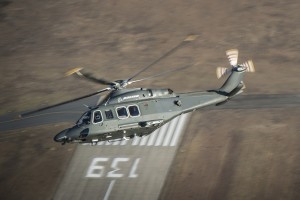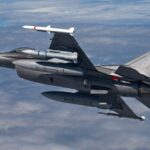
A team of Boeing [BA] and Leonardo helicopters were chosen by the Air Force to replace the Air Force's UH-1N Huey fleet with 84 helicopters under a $2.38 billion contract.The $375 million contract announced Sept. 24 is for the first four MH-139 helicopters and includes integration of non-developmental items, according to the Air Force. The first operational helicopter delivery is expected in fiscal 2021, when it will take over patrolling nuclear missile fields and perform doomsday VIP transport in and…

 By
By 











